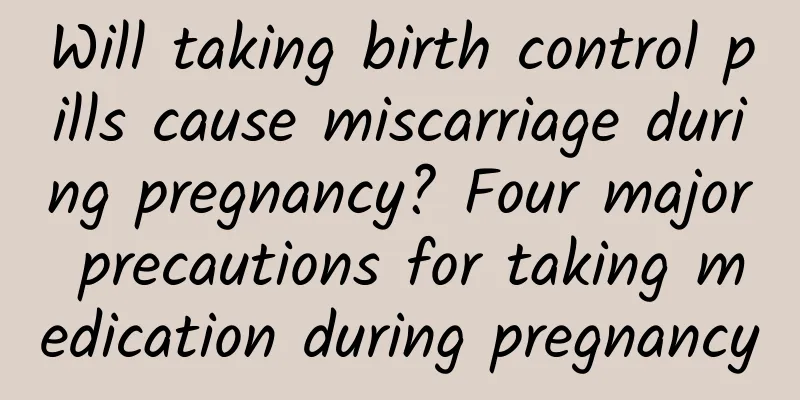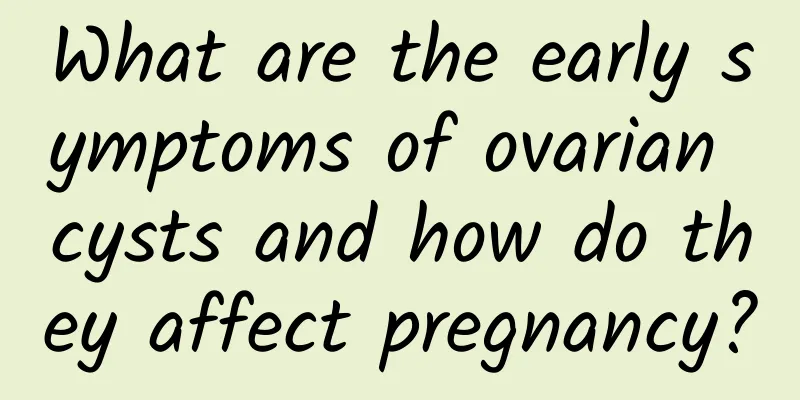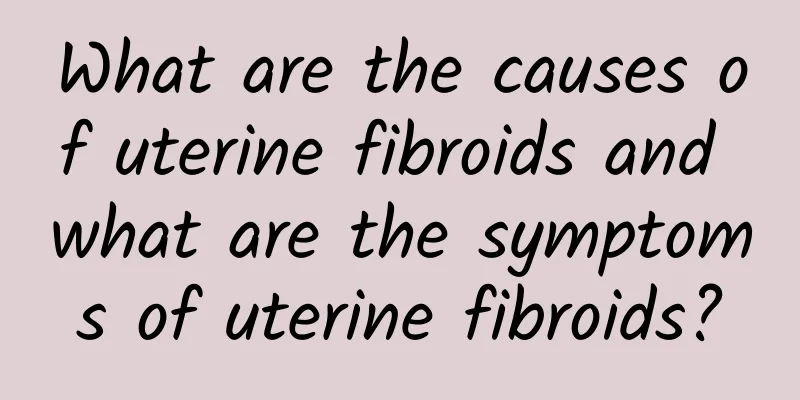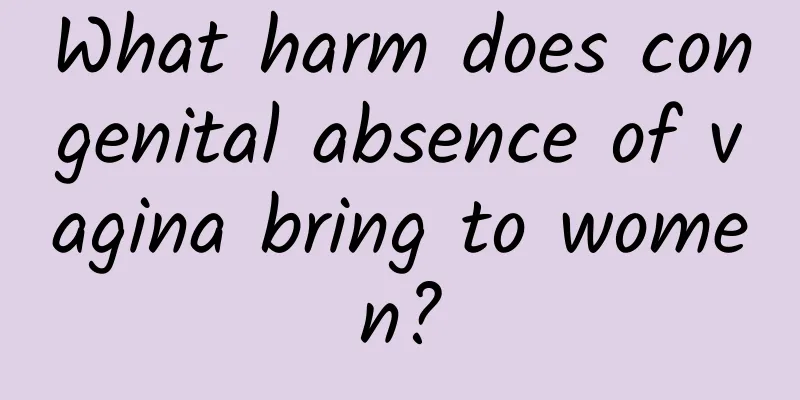What surgery can cure threatened abortion?
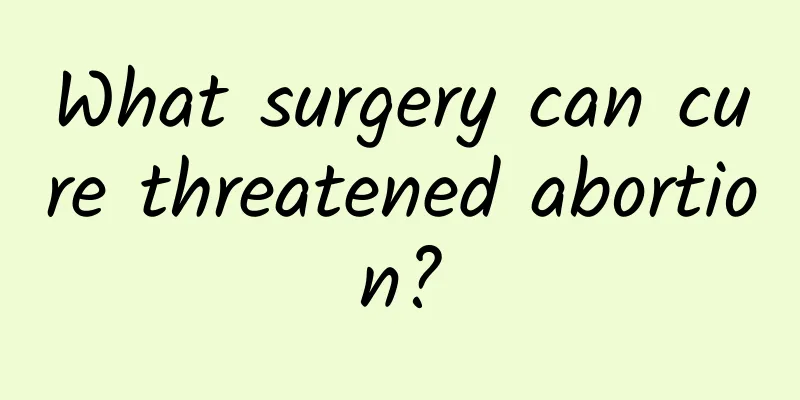
|
Pregnancy makes the whole family happy and joyful. However, when enjoying this happiness, threatened miscarriage is discovered, which worries the family and becomes a shadow in the life of the pregnant mother. Every mother wants to keep the baby, but don’t be blind in keeping the baby. Survival of the fittest. Let’s see what kind of surgery can cure threatened miscarriage? It is recommended that you go to the hospital to check the blood hormone test and B-ultrasound test to find out what causes it, as well as the condition of the fetus, and seek specific medical treatment. Pregnant women with symptoms of threatened abortion should go to the hospital for examination first. After the doctor's examination, if no genetic diseases or serious diseases are found; the B-ultrasound examination shows that the embryo is developing normally and there is fetal heartbeat; the blood test shows that the content of chorionic gonadotropin in the blood flow is normal. In this case, the pregnant woman can receive fetal preservation treatment. After the symptoms of threatened abortion disappear, the pregnant woman can stop taking the medicine. In addition, bed rest and keeping a happy mood are also important links in fetal preservation. If after two weeks of treatment, the pregnant woman's symptoms are not only not relieved, but aggravated, this may be abnormal embryo development, and she should go to the hospital for examination immediately. If it is indeed abnormal embryo development, the pregnancy should be terminated under the guidance of a doctor. Threatened abortion does not necessarily require surgery. The key is to see what stage the threatened abortion has developed to. If it develops into an inevitable abortion and it is a complete abortion with no residue in the uterus, then the pregnant mother does not need to undergo a uterine curettage surgery. When a threatened miscarriage develops into an inevitable miscarriage, it is necessary to promptly review the abdomen with ultrasound. If there is any residue, it is necessary to perform a uterine curettage as soon as possible to prevent bleeding and infection. If it is a complete miscarriage with no residue, there is no need for another uterine curettage, as uterine curettage can cause great damage to the endometrium. Threatened abortion refers to a small amount of vaginal bleeding in early pregnancy (before 28 weeks of pregnancy). The amount of bleeding is generally less than the menstrual flow and can last for several days. It is bright red at first and gradually turns dark brown. It is often followed by paroxysmal lower abdominal pain or back pain. The lower abdominal pain is often accompanied by a feeling of low back pain and frequent urination. Gynecological examination shows that the uterus is not dilated, the amniotic sac is not ruptured, the size of the uterus is consistent with the month of amenorrhea, and the pregnancy test is positive. It is generally seen in luteal insufficiency and increased uterine sensitivity. If the symptoms disappear after rest and treatment, the pregnancy can continue. If the symptoms worsen, it will develop into inevitable miscarriage. Inevitable miscarriage is an increase in vaginal bleeding, aggravated abdominal pain or rupture of membranes on the basis of threatened miscarriage. At this time, miscarriage is inevitable, so it is also called inevitable miscarriage. At this time, you should go to the hospital as soon as possible to expel the residual tissue. If the placenta remains for too long, placental polyps may form, causing repeated bleeding, anemia and secondary infection, or leading to more serious incomplete miscarriage. Incomplete miscarriage is continuous heavy bleeding. If the amount is large, shock may occur. The situation is critical. If it occurs, you should go to the hospital immediately. Another outcome of inevitable miscarriage is complete miscarriage, in which the pregnancy products are completely discharged and the bleeding gradually stops. If there is no infection, no special treatment is required. |
<<: Medication after threatened abortion surgery
>>: What are the misunderstandings about threatened abortion?
Recommend
Do you know what symptoms of adnexitis are?
What are the symptoms of adnexitis? What symptoms...
Is bacterial vaginosis serious?
Bacterial vaginosis is not usually serious, but i...
Easy-to-eat desserts for weight loss! Sweet Potato Raisin Mousse
It seems that women's genes determine that th...
Four common causes of cervicitis
In recent years, the issue that female friends ar...
What are the methods of abortion in three months of pregnancy?
Nowadays, unexpected pregnancy is normal, but for...
Symptoms of premature ovarian failure
Symptoms of dizziness caused by premature ovarian...
Is a 2.0cm uterine fibroid serious? What are the dietary taboos for uterine fibroids?
Is a 2.0cm uterine fibroid serious or normal? I t...
Specific symptoms of uterine fibroids What is the best thing to eat if you have uterine fibroids
What are the specific symptoms of uterine fibroid...
What are the early symptoms of endometrial tuberculosis?
Endometrial tuberculosis has a lot of impacts. No...
How long after a miscarriage can you have sex? Doctors tell you 3 things to pay attention to after a miscarriage
The time of sexual intercourse after abortion mus...
Everyone needs to pay attention to the clinical manifestations of cervicitis
We need to pay attention to the clinical manifest...
How to relieve the cramping pain caused by dysmenorrhea?
How to relieve the cramping pain caused by dysmen...
How many types of ovarian cysts are there?
The ovary is the place where a woman gives birth ...
What are the contraindications of women's amenorrhea medication?
Amenorrhea and lactation syndrome are often cause...
What are the manifestations of endometrial tuberculosis?
In daily life, many women suffer from endometrial...


